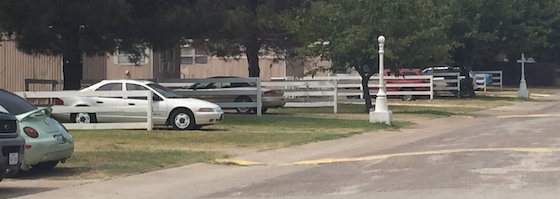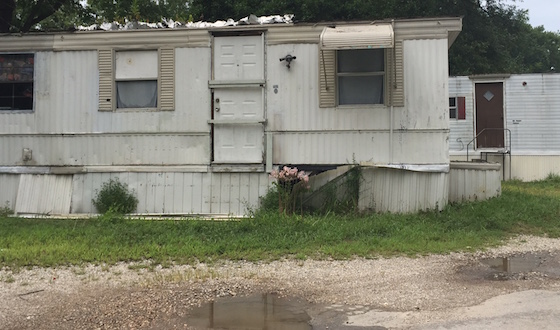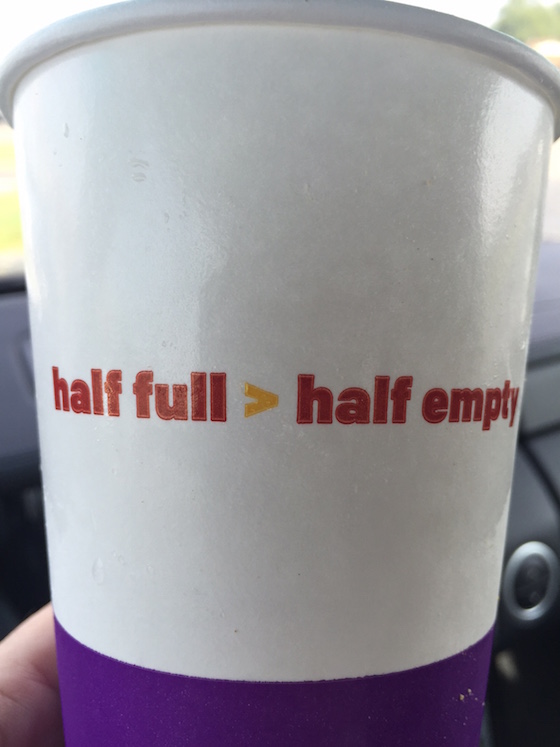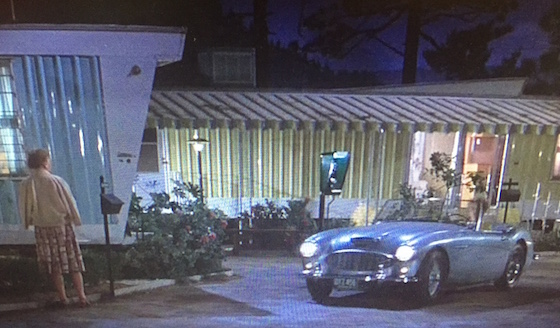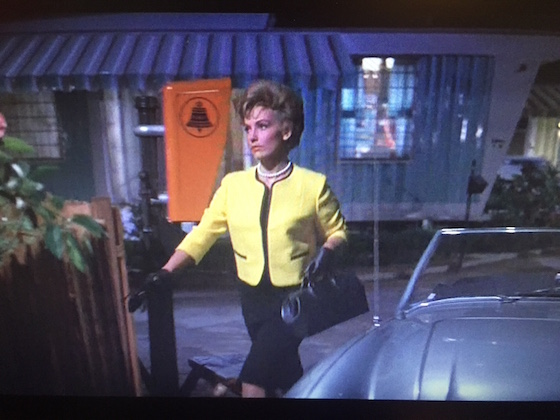Are you a member of a legally protected class? To answer that question, ask yourself, do I have a gender? Do I have a religion? How about a sexual orientation? An age? A family status? A race? A pet I have a deep emotional connection with? If you answered yes to any of those questions, then, yes, you are a member of a legally protected class. As my dad used to say, “You are unique and special. Just like everyone else.” An expanding definition of “disability” coupled with substantial increases in the operating budgets of government enforcement agencies are leading to record numbers of housing discrimination complaints against property managers and landlords.
The Federal Fair Housing Act is intended to prohibit illegal housing discrimination against the buyer or renter of a property and promote residential integration. When the Fair Housing Act was first passed, it only prohibited discrimination based on race, color, religion, sex and national origin. A 1988 amendment to added disability and families with children under the age of 18 to the list of protected classes. In June of 2015, the Supreme Court held that the law also allows for claims involving situations that have a discriminatory effect, even if there is no discriminatory intent. Activities such as advertising only in a Hispanic targeted newspaper or only in a certain section of town have been found to violate the law. Housing discrimination law compliance is a bigger issue in the U.S. than most property managers and landlords understand it to be.
“The Fair Housing Act” and “The Americans with Disabilities Act” have similar definitions of a disabled person: a person who has a physical or mental impairment that substantially limits one or more major life activities, or a person who has a history or record of such an impairment, or a person who is perceived by others as having an impairment. Visible disabilities, such as those of a wheelchair bound tenant or a blind tenant, are easier for property managers to acknowledge and accommodate.
Lesser apparent or invisible disabilities are far more difficult to identify and accommodate. Yet, reasonable accommodation without question is required. For example, a military veteran suffering from Post-Traumatic Stress Disorder who needs the services of a Chow to reduce anxiety or a person who has seizures and relies on the services of a German Shepherd that can predict the onset of those seizures both suffer from invisible disabilities. Both tenants are legally allowed to keep their pets despite any property management rules prohibiting such animals. Because invisible disabilities are both more difficult to recognize and more likely to be fraudulently claimed by tenants, there is a greater likelihood property managers may initially deny such tenants reasonable accommodations. Such denials may cause more discrimination complaints.
Worse yet for property managers, evolving ideas of what constitutes a disability are creating new problems. Recent court cases ruled that hoarding and the use of medical marijuana were considered disabilities. These disabilities create special problems for property managers because they pose additional safety hazards when tenants with these disabilities reside close to other tenants. For example, marijuana users produce toxic second hand smoke and hoarders pose a fire risk. While discrimination is still illegal in these situations, property managers may put in reasonable limitations and controls to address safety concerns. For example, someone who claims that their pit bull helps them manage anxiety may still be required to remove the dog from the premises if the dog attacks or attempts to attack another person.
It brings added urgency to any property manager when they read about an increase in the operating budget for the agencies that are tasked with enforcing these laws and investigating these complaints. These agencies are searching hard for discrimination complaints. Enforcement of the Fair Housing Act is administered by the Office of Fair Housing and Equal Opportunity and overseen by HUD. Ninety five separate fair housing and nonprofit organizations whose mission is to find and eliminate housing discrimination were recently awarded $38.5 million from the government.
These agencies’ budgets are ultimately defined by how many complaints against landlords they find and help prosecute. Therefore, finding more violations is good for their business. So when they contact you as a property manager and claim they don’t favor either side of a housing dispute, be wary. The best practice when dealing with these investigators is to be polite, succinct, and let them know you’ll have someone in your organization reply in full. At that time, get help from a lawyer or other type of fair housing professional to help you properly respond.
It’s important that your property management team be well trained in Fair Housing and Discrimination laws. Periodically test your staff to see if they are in full compliance. Check to see that your sales and lease forms as well as your advertising comply with Fair Housing laws. Finally, as a failsafe measure, make sure that you have proper insurance in place (Tenant Discrimination or Employment Practices Liability Insurance with 3rd Party Coverage). Property managers and landlords are more predisposed to discrimination lawsuits than ever before.
Kurt Kelley, J.D., President
Mobile Insurance
[email protected]

